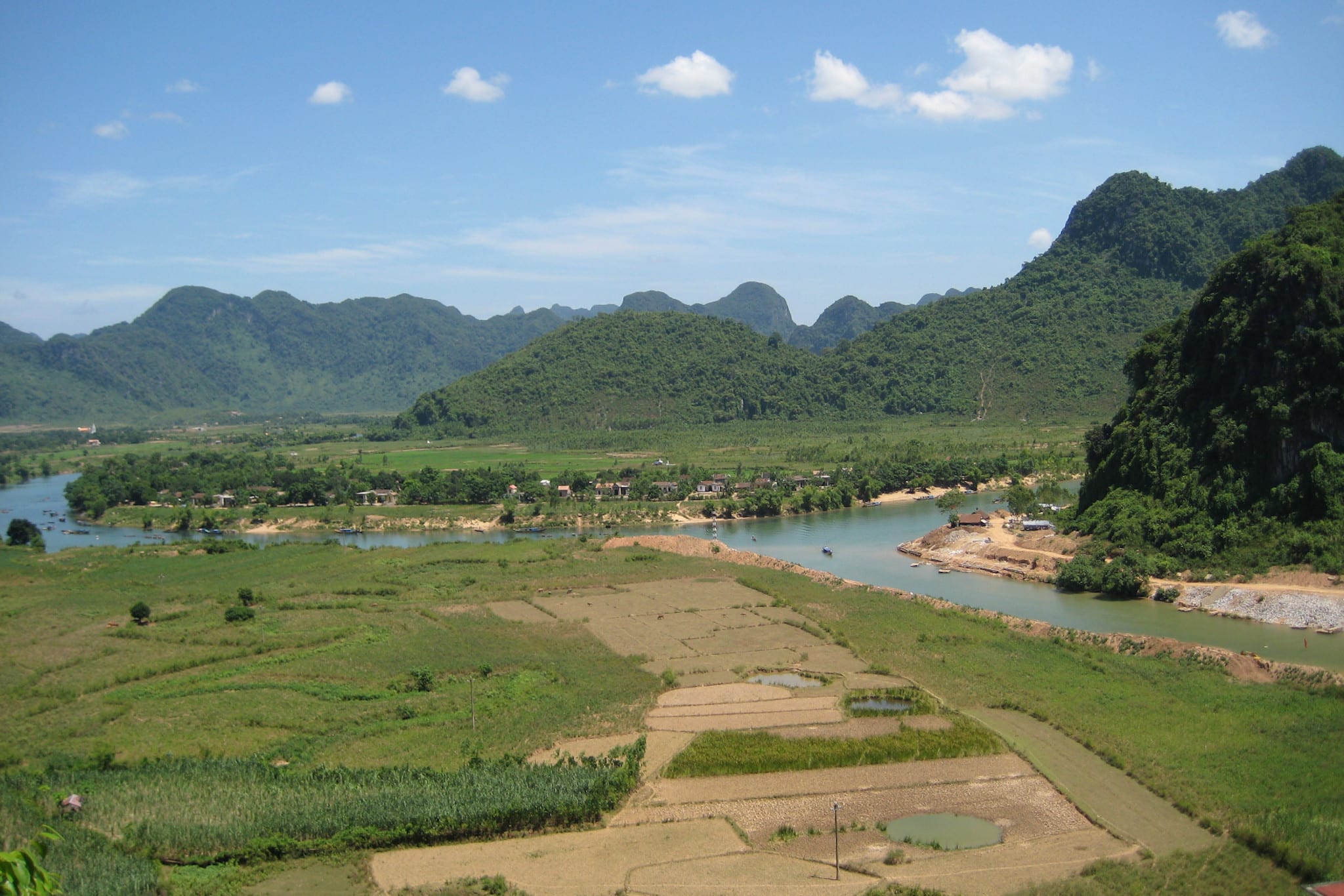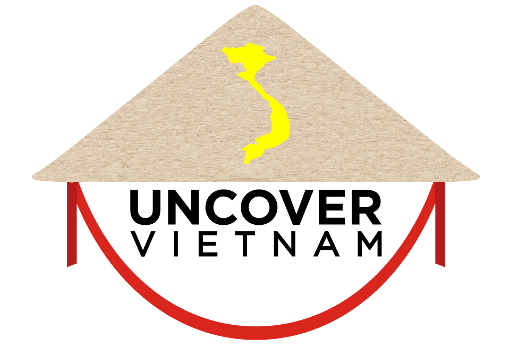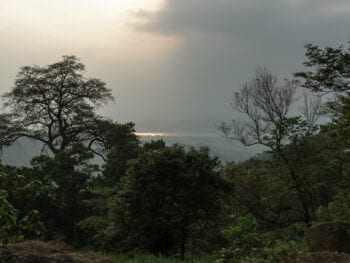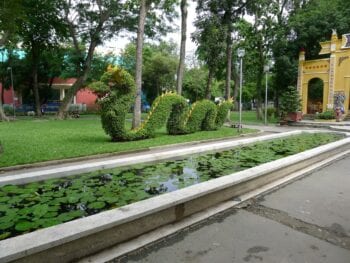With over thirty national parks to explore in Vietnam, chances are high that there’s one close by to your destination. A lot of amazing nature and wildlife species are preserved and showcased in these parks. They are spread throughout the country and offer a myriad of activities from hiking to caving.
List + Map of National Parks in Vietnam
Hiking is among the most popular activities in the Vietnam national parks, with trails found in everyone. If you’re looking to discover caves, go to the north-central coast region. For big mountains, head north. For more tropical forests, consider the national parks in the southern part of Vietnam. Take a look at the some of the country’s best national parks.
Featured National Parks
Guide to Visiting the National Parks in Vietnam

Vietnam has a long history of protecting its beautiful landscapes and unique culture. For many of Vietnam’s national parks, protected status was established years before in the form of a nature reserve or conservation area.
Recently, many locations that were originally established as a reserve or conservation have been upgraded to become a national park. Established in 1962, Cúc Phuong was the first national park in Vietnam.
Diversity is key in Vietnam and the national parks are one of the ways that the country displays its pride in nature. Sometimes clustered together in one area, there are national parks all over Vietnam covering the north, south, and central regions of the country. Currently, there are 33 national parks in Vietnam.
Popular National Parks

Each national park is unique because each region of the country has a different biodiverse environment. The mountainous northern area of Vietnam is home to the tallest peaks and impressive waterfalls. Hoàng Liên National Park sits near the northern border and it boasts some of the highest mountains in Vietnam.
In the south, parks feel more tropical as forests harbor waterfalls, caves, and rivers. Phú Quôc is a famous national park that sits on an island off of the southern coast of Vietnam. The park is exceptional because it protects numerous environments including areas covering both land and sea.
Plants and Animal Life in National Parks
Opportunity is endless in Vietnam’s National Park System because it provides visitors the chance to view some of the planet’s most endangered ecosystems and species – both plant and animal.

Endemic animal species, which can only be found in Vietnam, include the saola, black gibbon, and the Sarus crane. Endemic plant species like the Amentotaxus hatuyenesis, and the Aquilaria banaesae are also at risk of becoming extinct.
Not all plants and animals are spread throughout Vietnam. Endangered wood is most likely going to be found in the north and north-central areas of the country. While in the south, delicate flowers and medicinal plants are most at risk. The elusive saola, which is deer-like in appearance is found living on the border of Vietnam and Laos in national parks like Pú Màt and Bach Ma.
While it isn’t guaranteed that park visitors will get to see an elusive animal, visitors can increase the likelihood of seeing wildlife by hiking or trekking through the national parks. In every national park in Vietnam, there are at least a few hiking trails that are open to the public.
Activities in the National Parks
Even on island-based national parks like Cát Bà and Phú Quôc, there are public access hiking trails. Aside from seeing plants and wildlife, hiking is the preferred activity across the board for visitors to Vietnam’s national parks because it allows people to be immersed in nature and explore its hidden gems.

Hiking is one of the only activities that you will find listed after each of the country’s 33 national parks. Trekkers will enjoy the northern region where they can summit the country’s bigger mountains. Additional national park activities will be dependent on the park that you visit and its ecosystem.
In the south, boating and biking are fun activities because of the lower elevation and stunning colors of the water. In the North Central Coast Region, caving is the predominant activity. Caves are found in the hundreds where limestone karsts hide sleeping giants.
Ke Bàng National Park alone has over 300 cave systems within its boundaries. One of the most famous tourist sites in all of Vietnam, it’s known commonly as the Phong Nha Caves. It houses the Son Doóng Cave, which is the largest known cave system on Earth.

Visitors should research a national park prior to their arrival to get an idea of what to expect during their excursion. Some national parks can be navigated solo and others will require or are best explored through the use of a local and licensed tour company. The vast majority of Vietnam’s national parks have infrastructure within the park or just outside of the park to provide accommodation and dining to visitors.
Getting to the National Parks
However, not all of Vietnam’s national parks are well-developed. In every region of Vietnam, there will always be a remote national park that has very limited services.
Vū Quang is one of Vietnam’s most remote national parks in the North Central Coast Region and it does not have an extensive list of amenities. Phong Nha-Ke Bàng, Cát Bà, and Phú Quôc are some of the most developed national parks in Vietnam, which means that visitors are provided with easy access to accommodations, dining, and tours.

A good way to gauge the accessibility of a national park is to research the park’s popularity and location. Road tripping to national parks is possible if you focus on one region as they tend to be clustered together.
However, if you want to hop from the north to the south and stop over in the central region, travelers will need to arrange appropriate transportation. Private drivers, public buses, trains, planes, and tour operations are all options for travelers looking to visit Vietnam’s national parks. Motorbike travel is an option as well, though much more physically demanding than the others mentioned above.










































